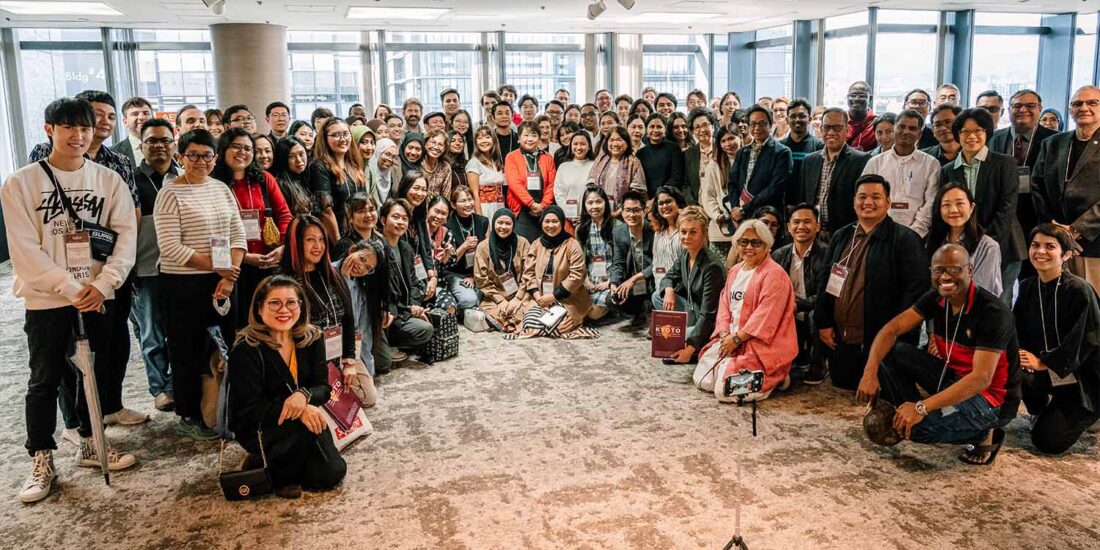The 4th Kyoto Conference on Arts, Media and Culture (KAMC2023) was held with The 14th Asian Conference on Media, Communication & Film (MediAsia2023) and saw a doubling of numbers since last year, with more than 260 delegates from over 35 countries!
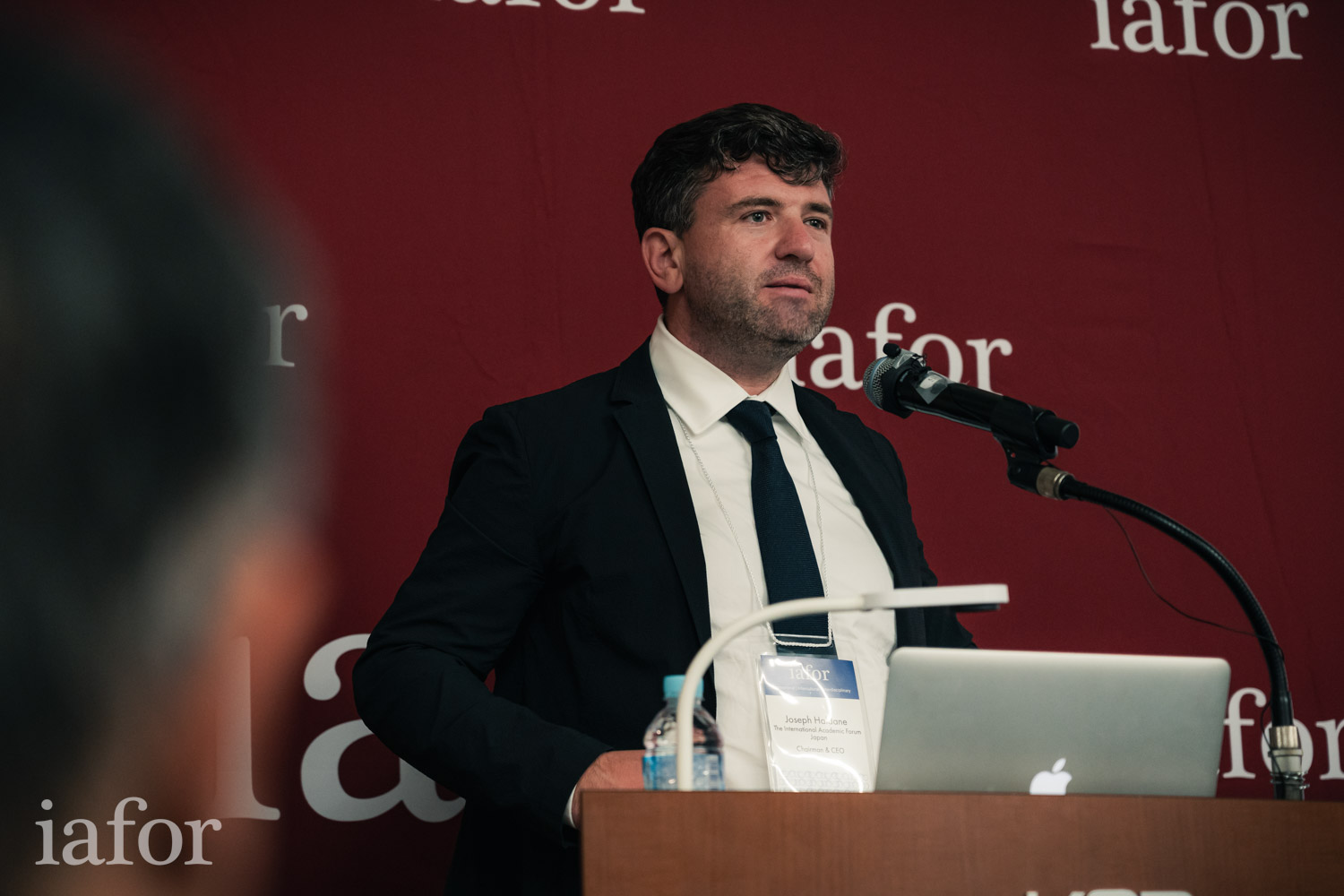
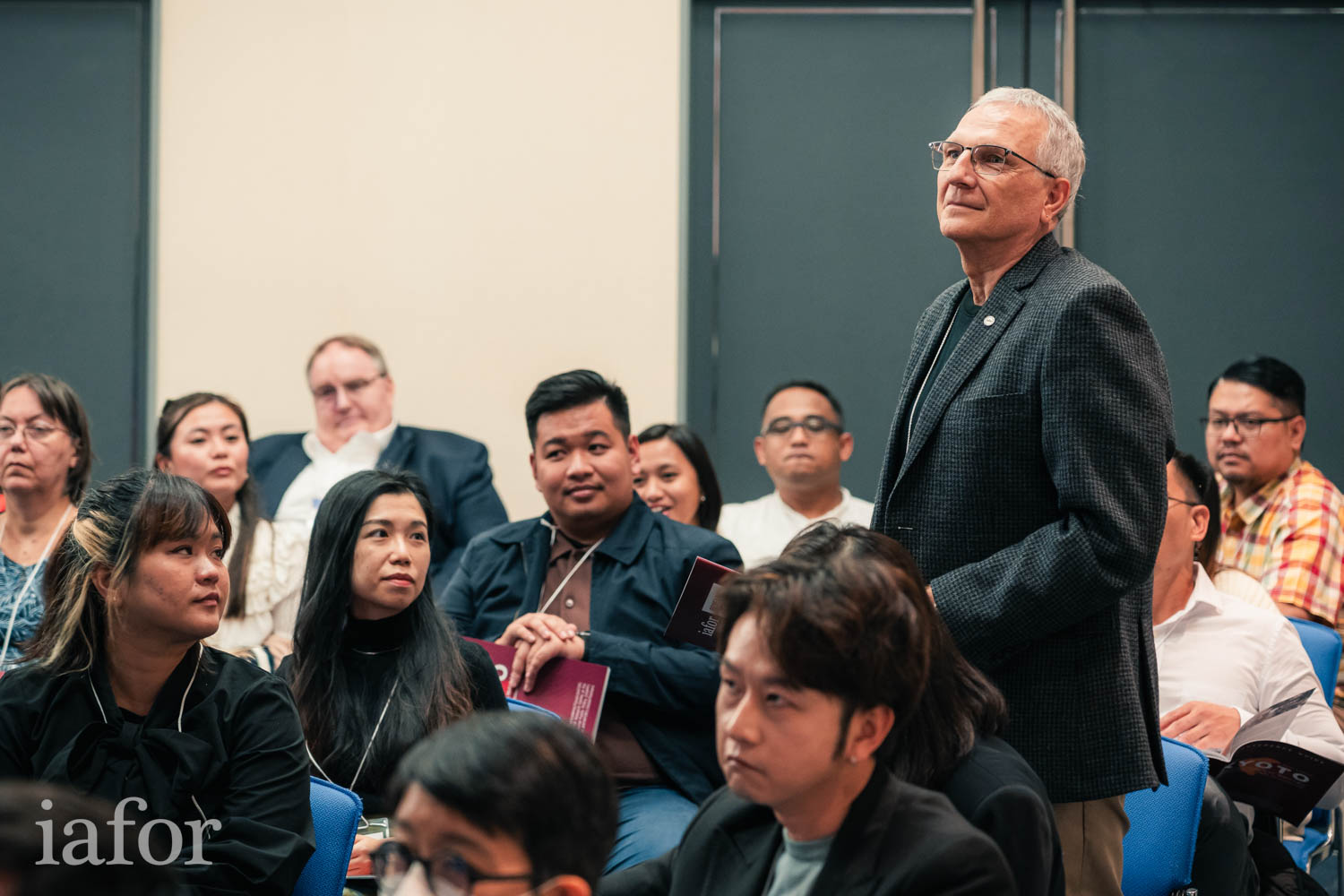
This hybrid conference was opened by IAFOR Chairman and CEO, Dr Joseph Haldane, who welcomed delegates, and acknowledged the work of the committee, and in particular the MediAsia Conference co-founder and multiple Emmy award-winning Professor, Gary Swanson, who was able to attend after an absence of several years due to the COVID restrictions.
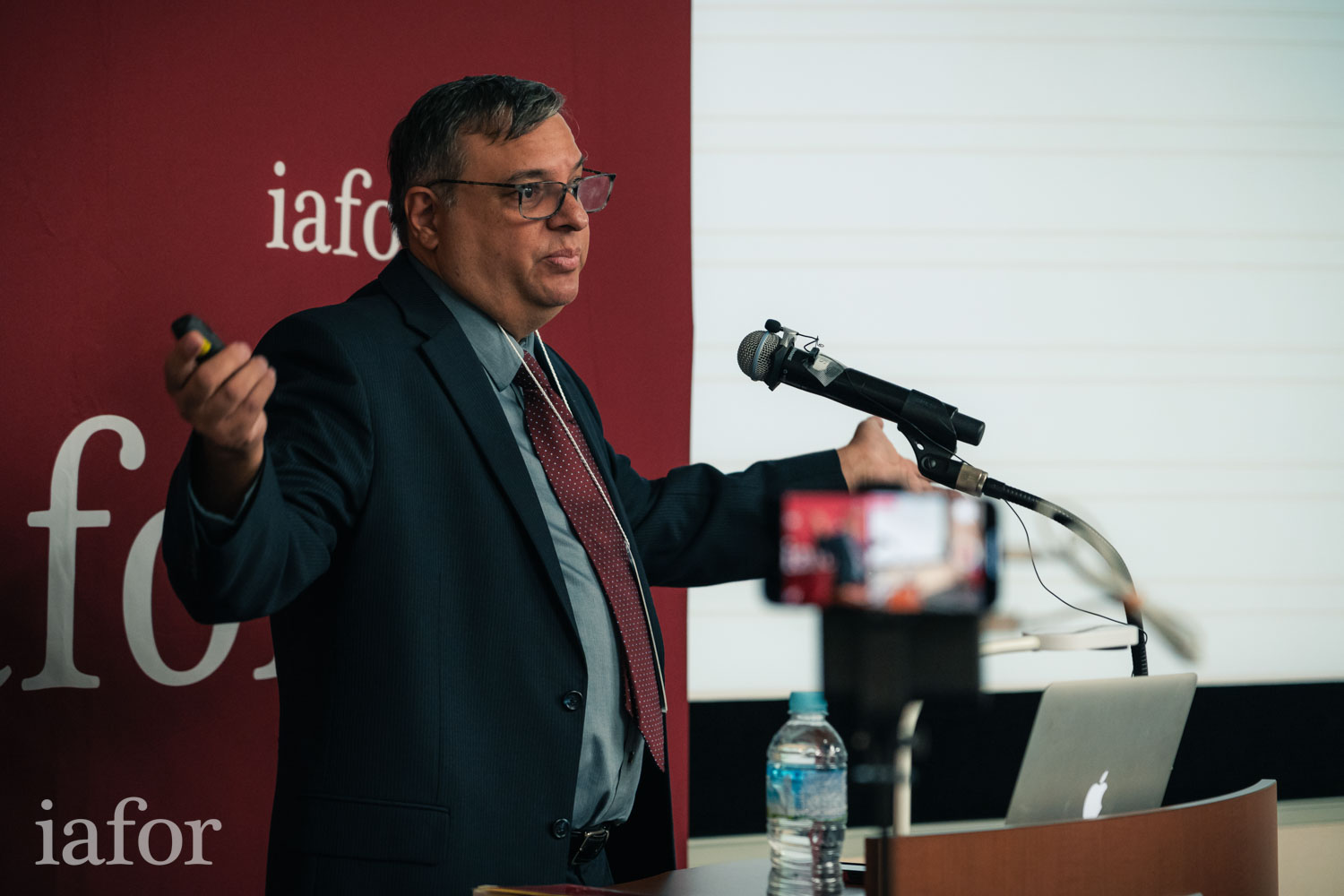
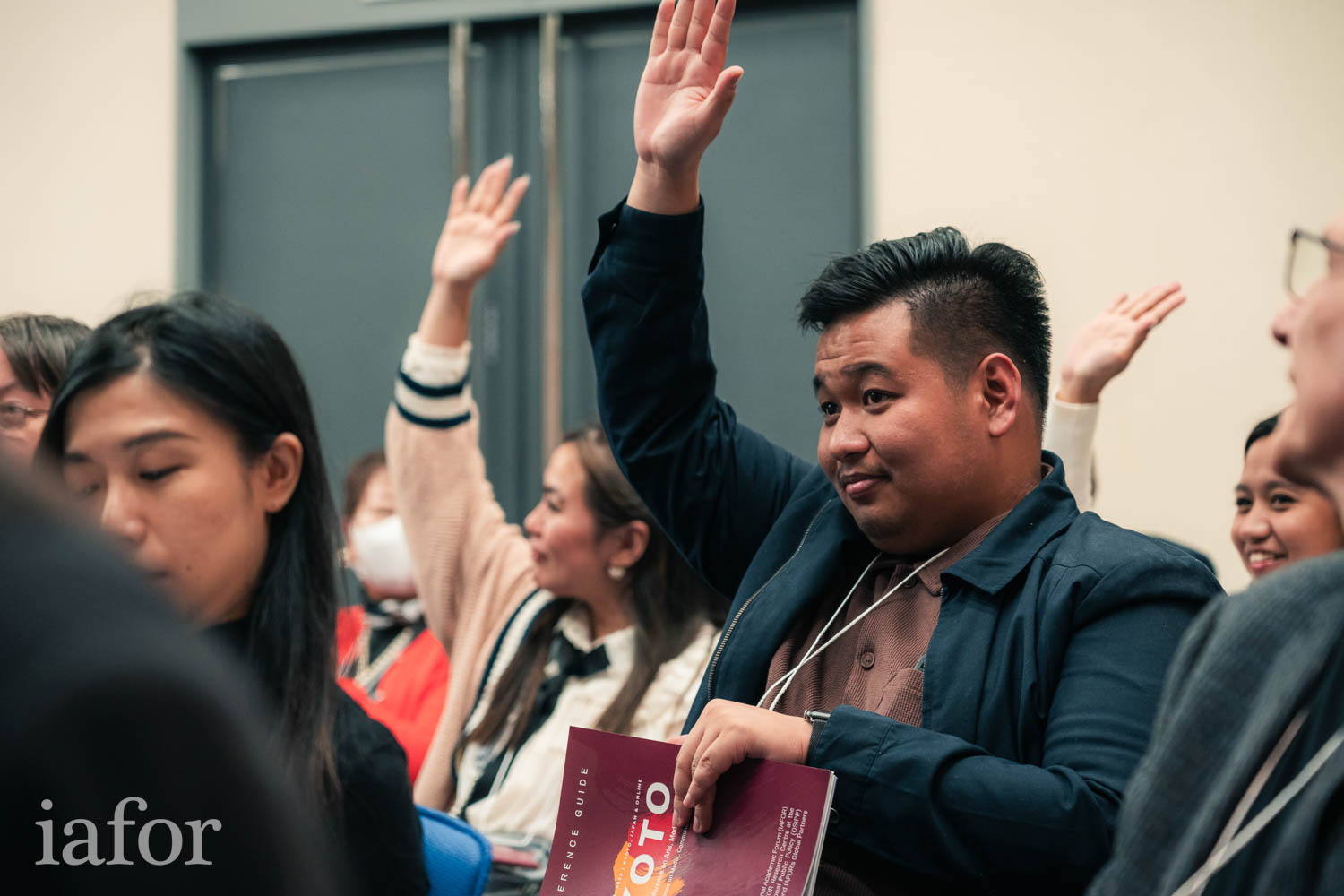
All in attendance saw an opening keynote straddling AI, the arts and education in an eye-opening and educating address by IAFOR Journal of Education Technology Edition editor, Professor Michael Menchaca of the University of Hawaiʻi at Mānoa. The talk, titled “Art and Media Creation in the Era of Artificial Intelligence”, demonstrated how the worlds of the artificial and the real are becoming increasingly inextricable online.

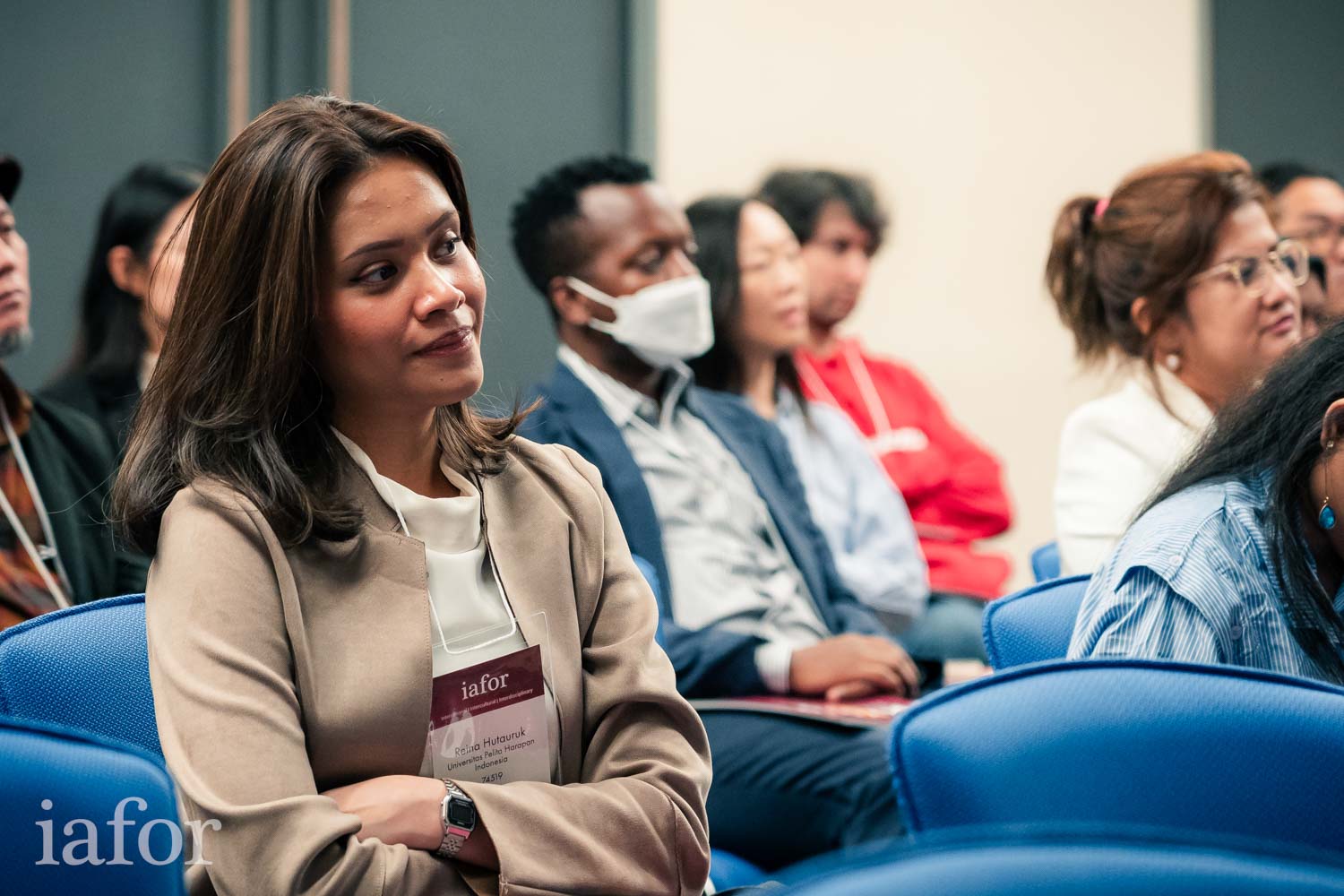
This led nicely into a featured interview by Dr Helen Johnson of the University of Brighton by Timothy Pollock of Osaka Kyoiku University & Osaka Metropolitan University. Dr Johnson is a Principal Lecturer in Psychology and Co-Director of the Centre for Arts & Wellbeing, who works at the intersection of critical social science, community psychology and arts-based/led inquiry, and the subject of “Democratising Research at the Intersection of Creative Methods and Everyday Creativity” offered some excellent theoretical as well as practical take-aways.
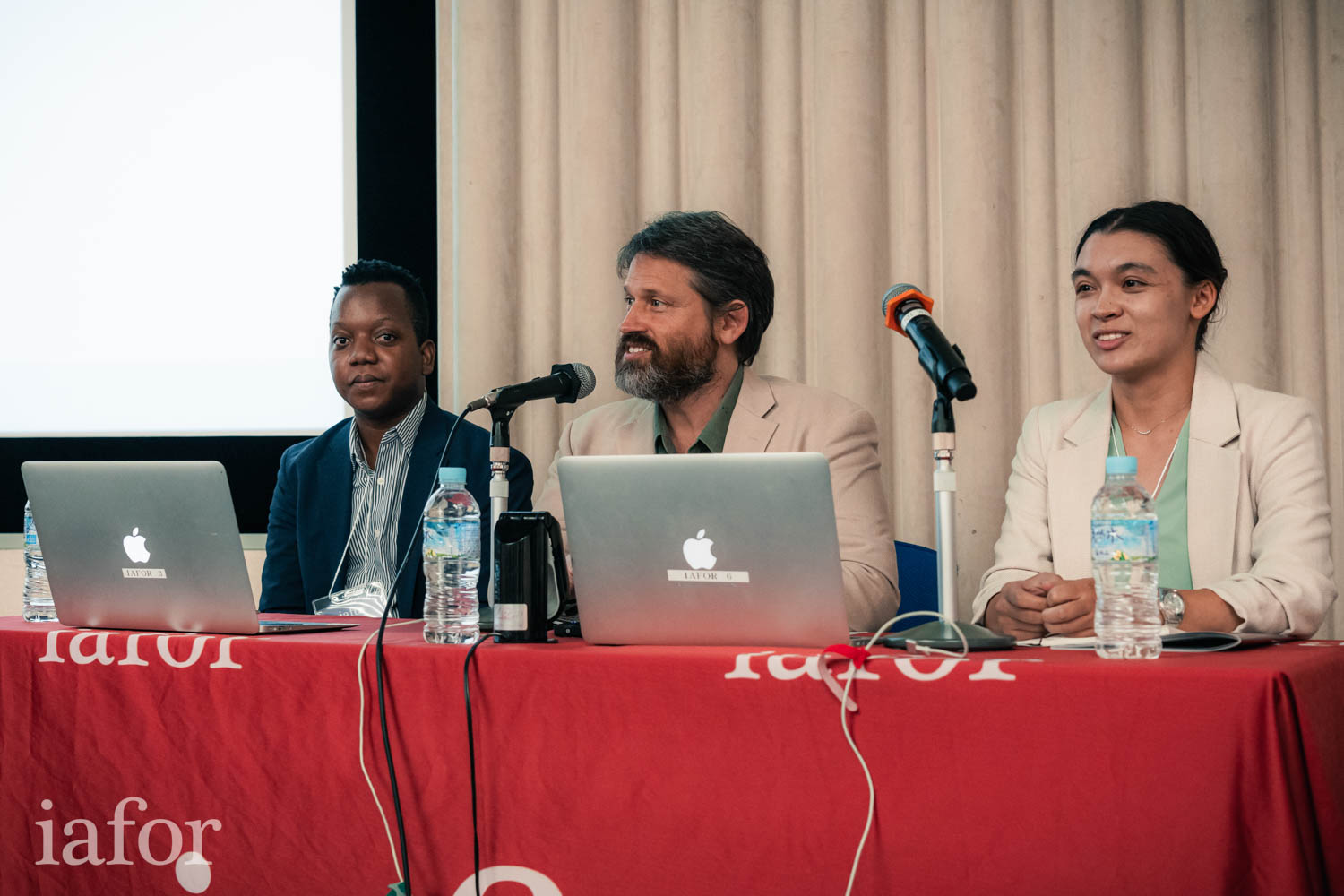

Professor Virgil Hawkins of Osaka University, Japan, and Co-Director of the IAFOR Research Centre at the Osaka School of International Public Policy chaired a panel on “International News Coverage and the Role of Independent Media”, with graduate students Namie Kawabata Wilson, and Delio Wilson Zandamela. This panel outlined the ongoing issue of how globalisation has not seen the world being brought closer together in terms of foreign correspondence, but instead driven further apart, with the problems of many countries being ignored or marginalised, while others are pushed to the top of the agenda, in terms of news coverage. This ignorance can be dangerous.

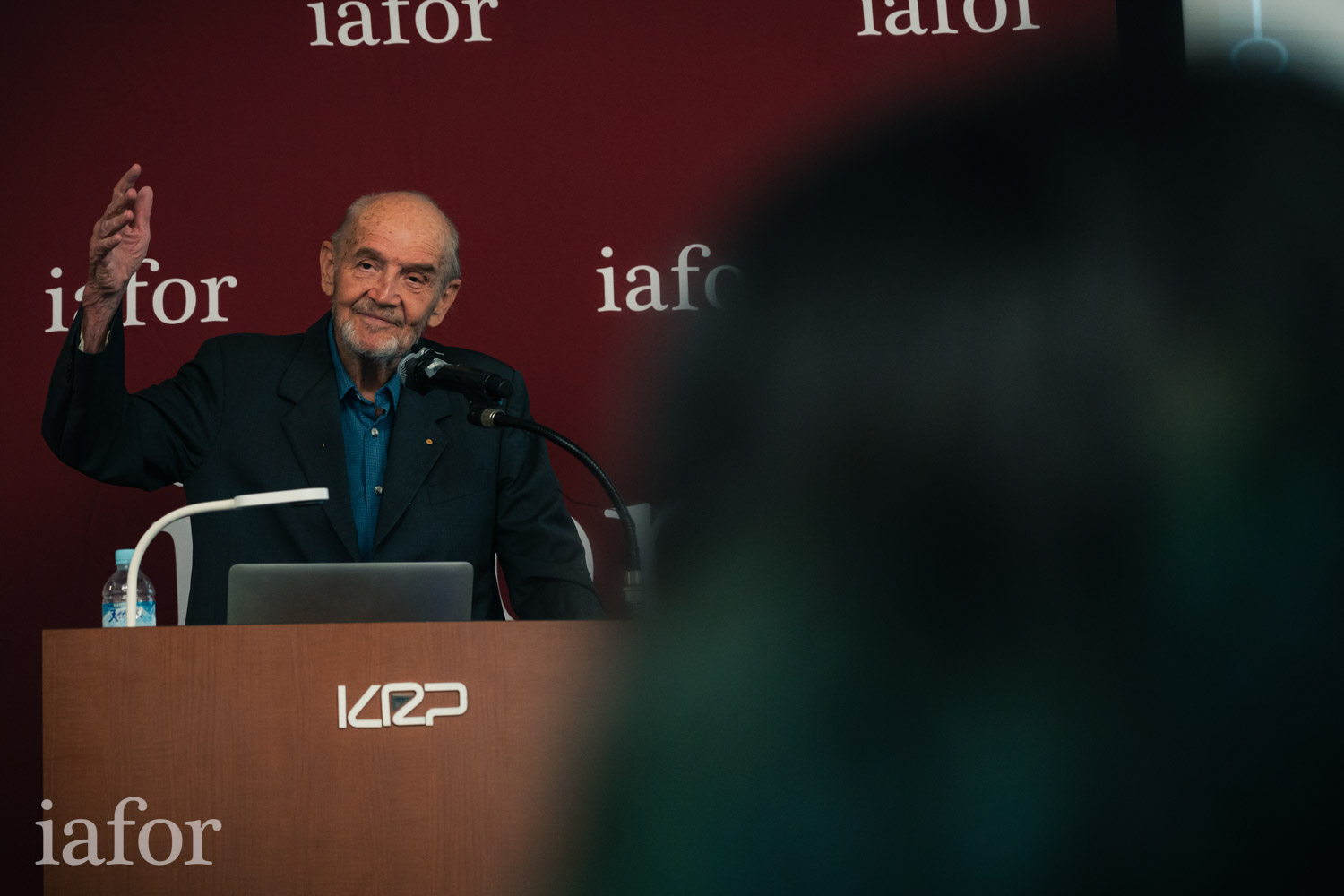
The final keynote of the day followed well on this topic, as it focussed on a subject that is particular to Japan, but echoes globally in terms of nationalism and disputed borders: Professor Brian Victoria, a Senior Research Fellow at the Oxford Centre for Buddhist Studies at Oxford University, but based in Japan, gave a speech titled “To Whom Do the Senkaku (Ch. Diaoyu) Islands Belong and Why Should We Care?”
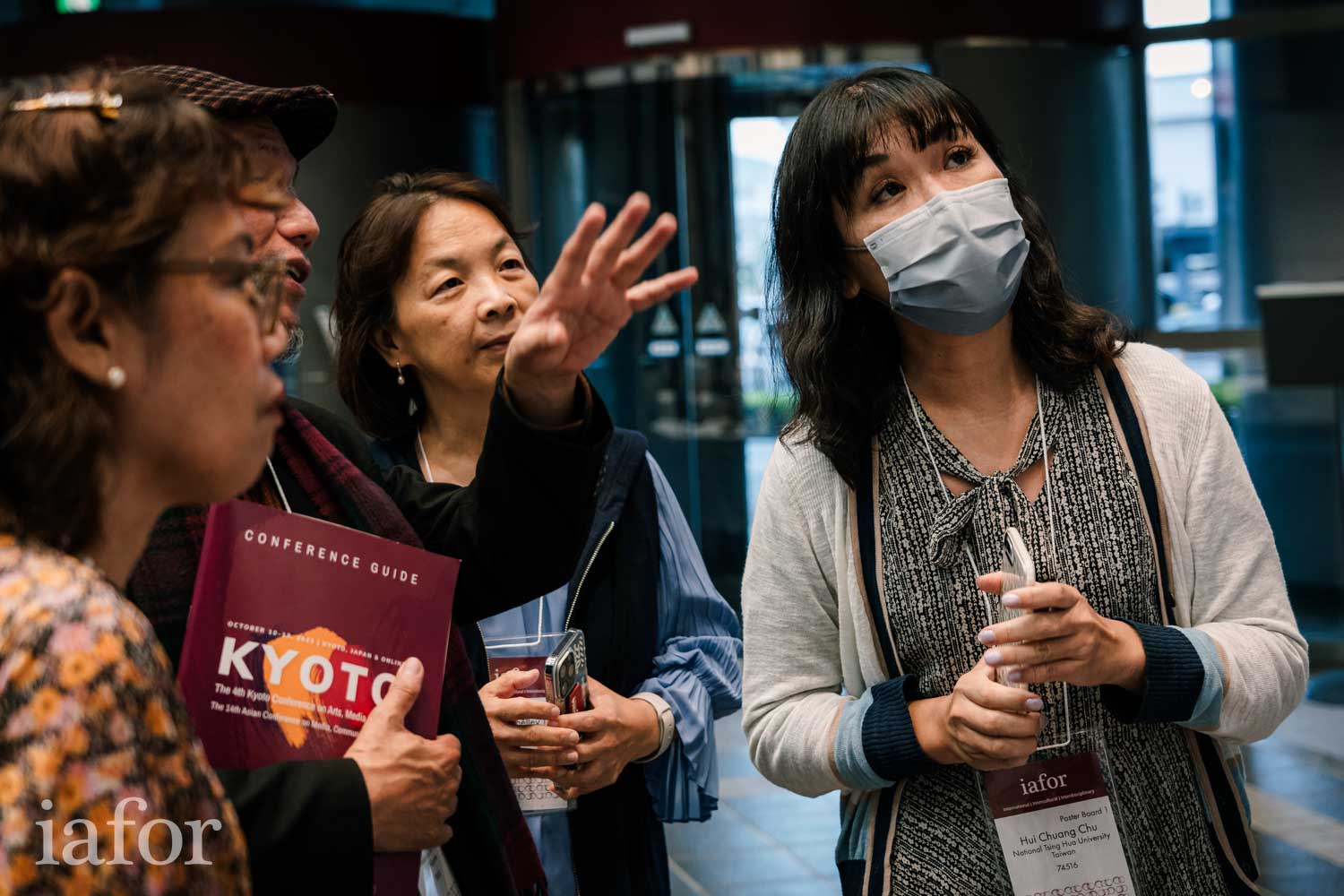
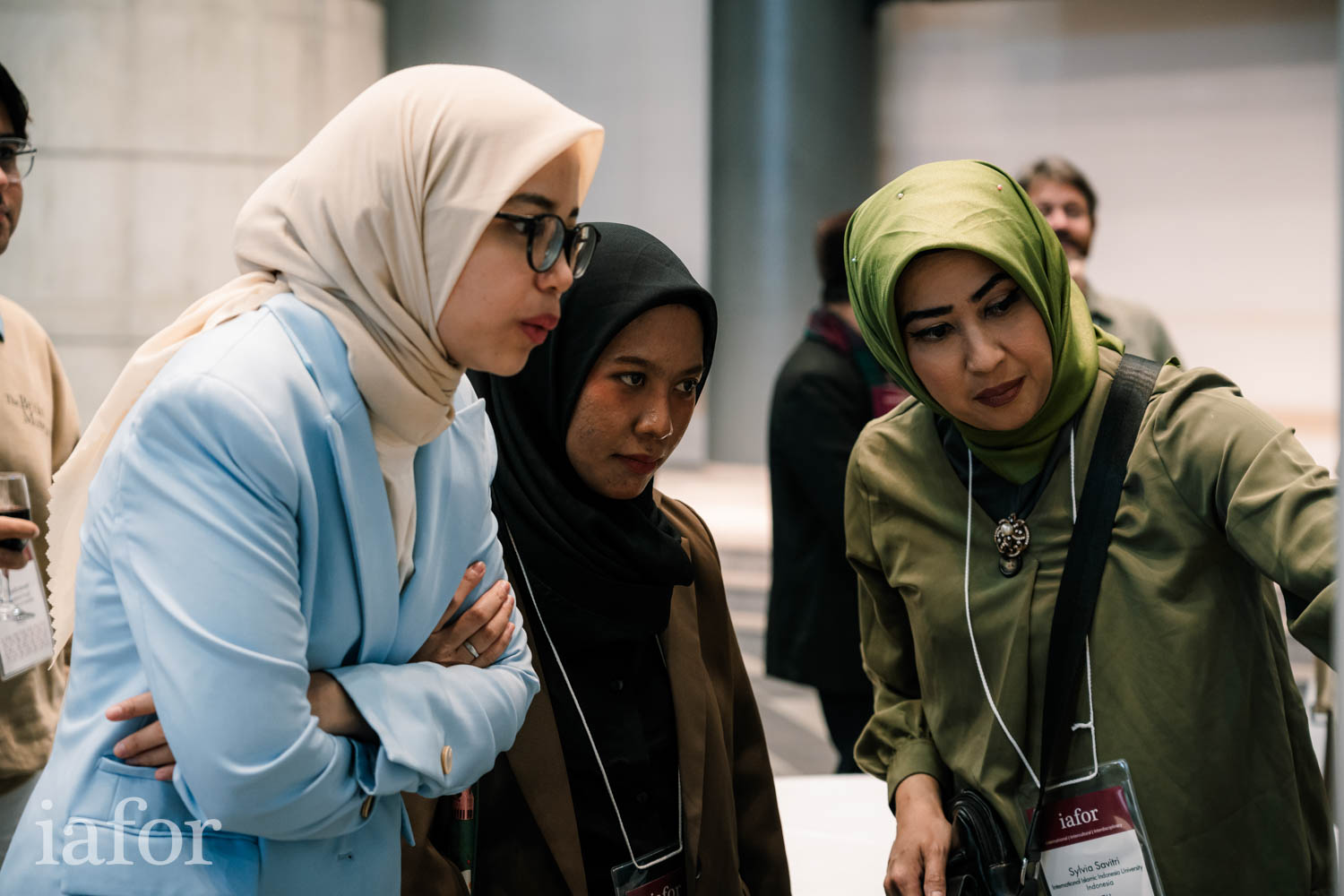
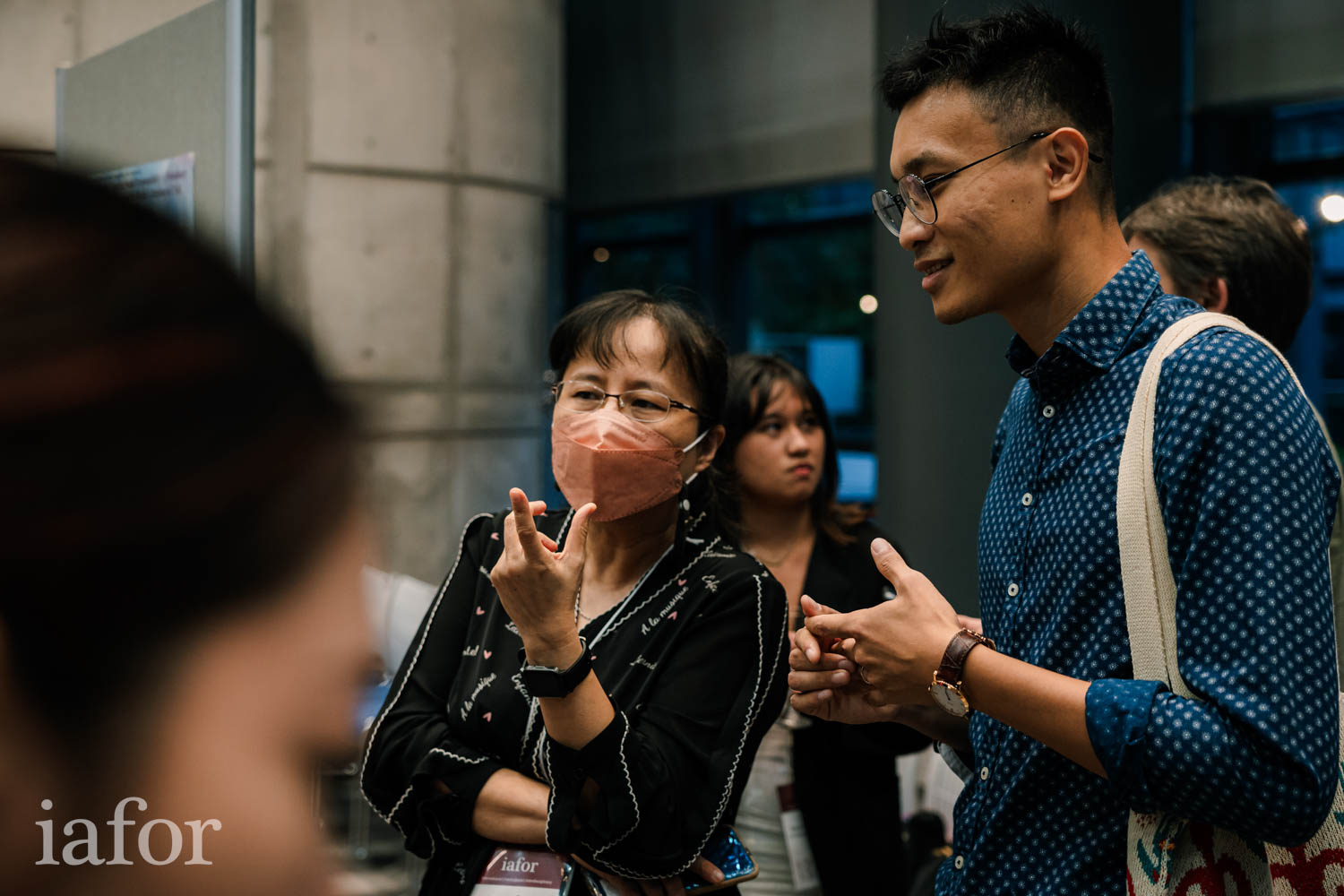
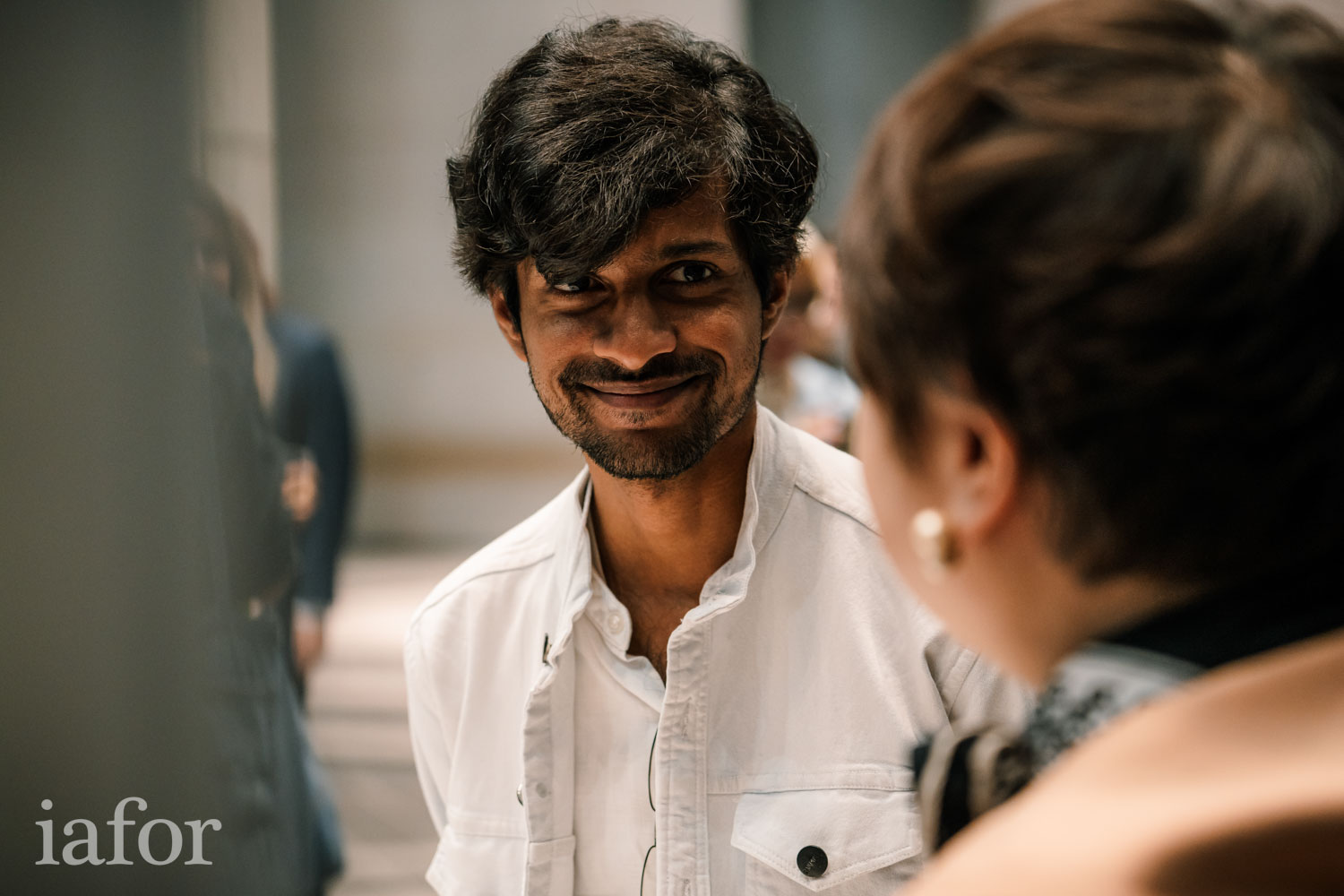
The plenary day closed with a networking reception and poster session, before an evening conference traditional kaiseki banquet in the historic Yachiyo Nanzen-ji restaurant, where IAFOR President, Professor Jun Arima of Tokyo University, delivered the opening speech.
The following two days saw a number of parallel presentations onsite at Kyoto Research Park, and day four was held entirely online. Recorded plenary sessions will be placed online, and recorded livestream and virtual presentations can be found here (KAMC/MediAsia).
While the heart of IAFOR conferences undoubtedly lies in their formal presentations, intellectual and cultural exchanges among attendees are also a cherished component.
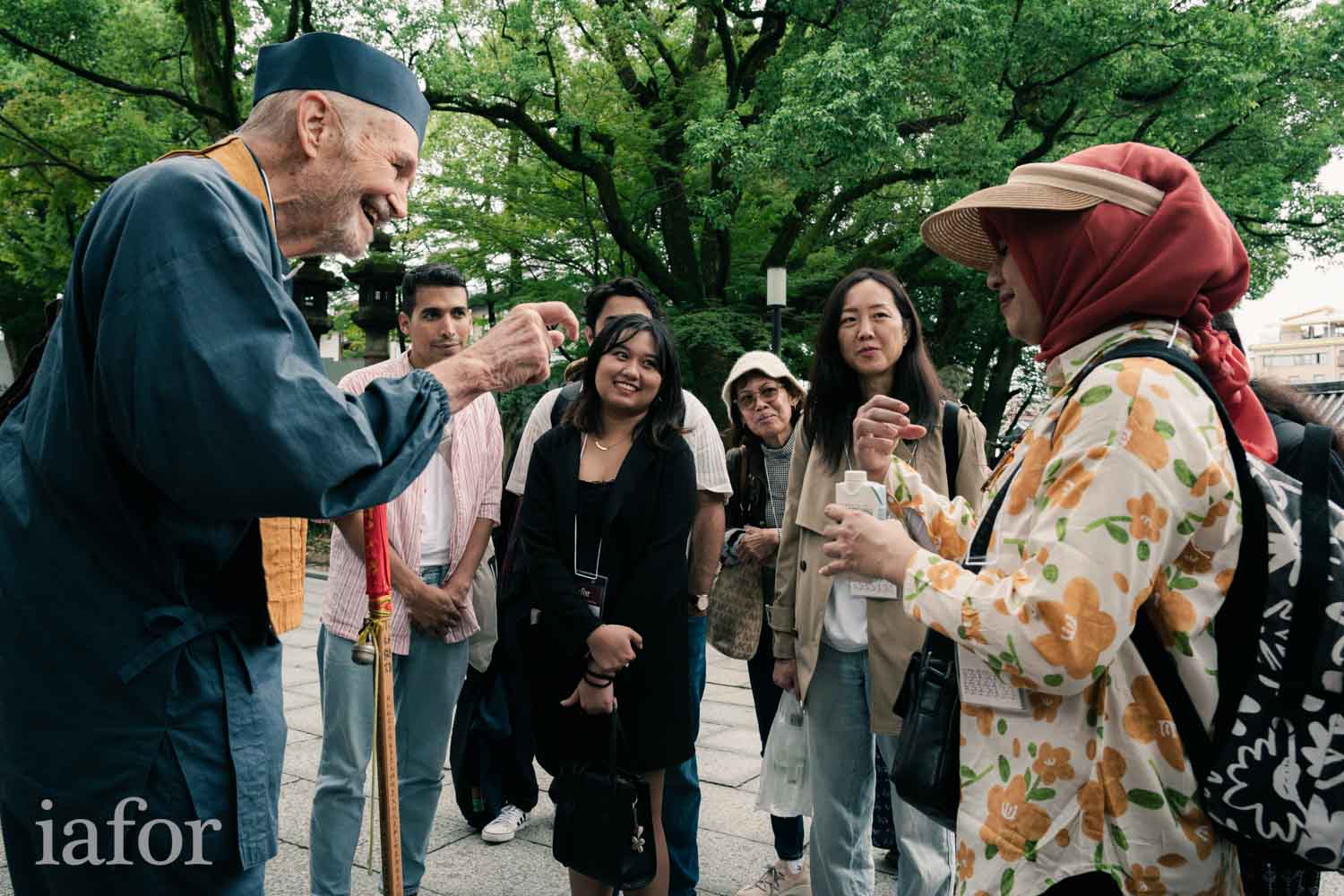
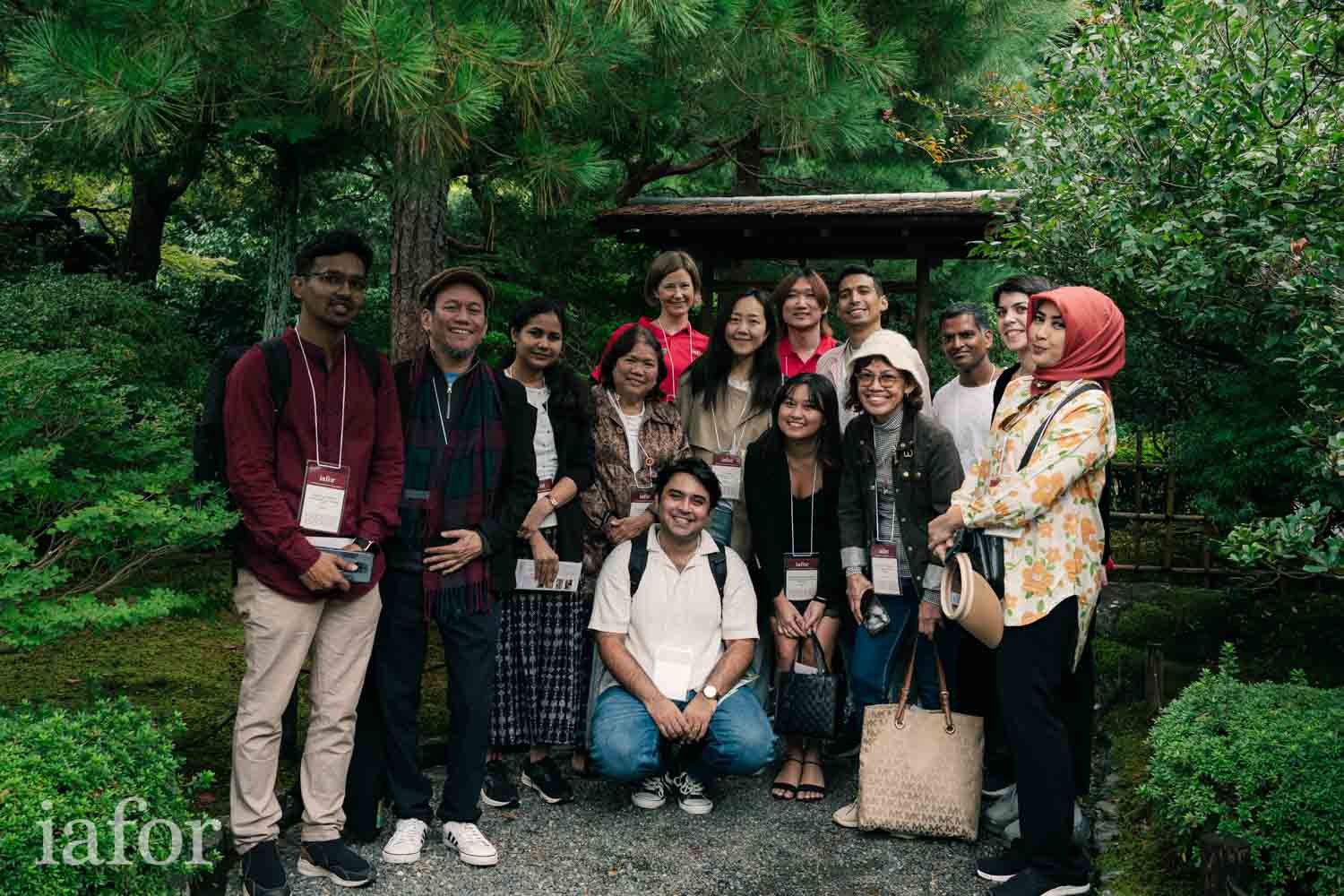
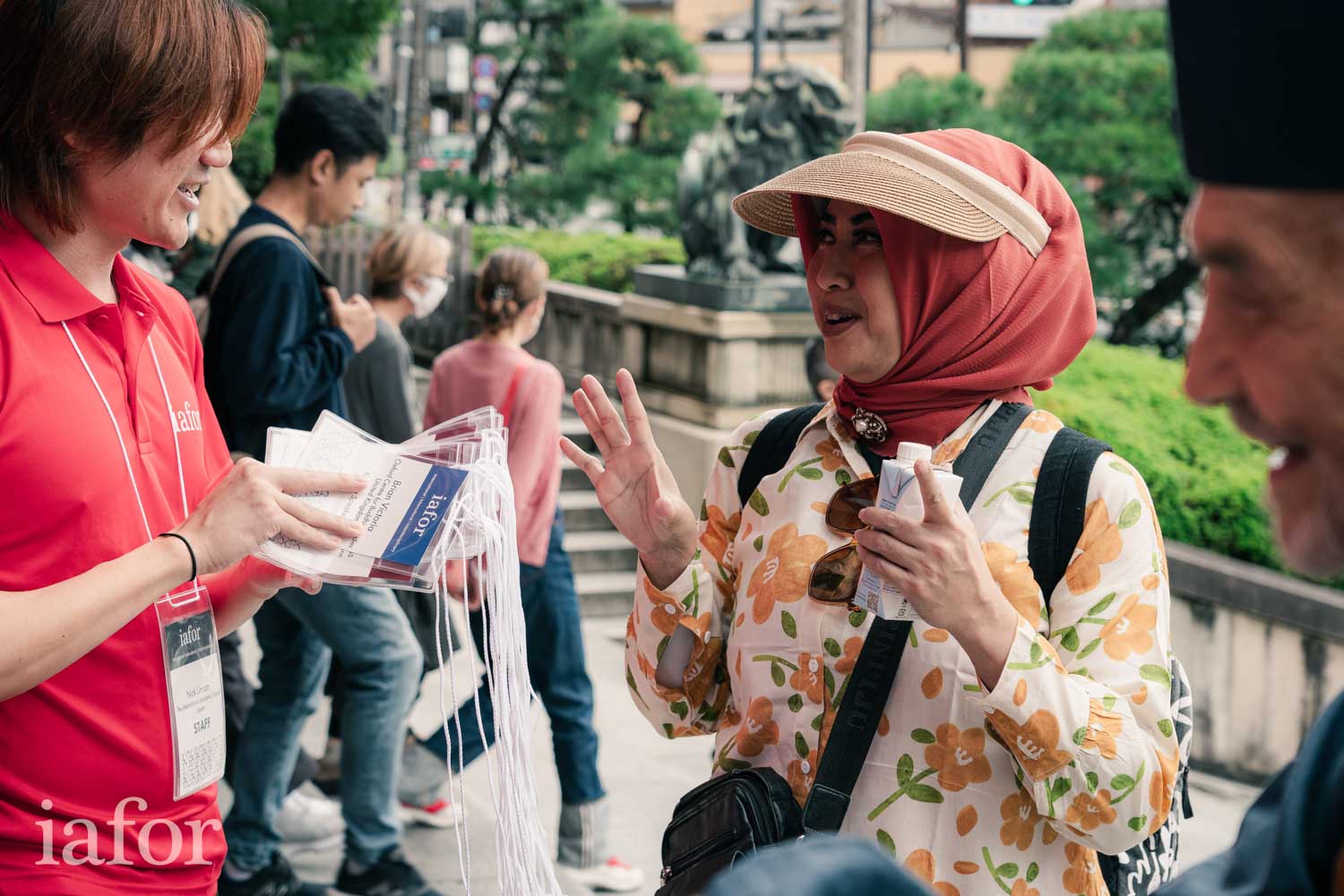
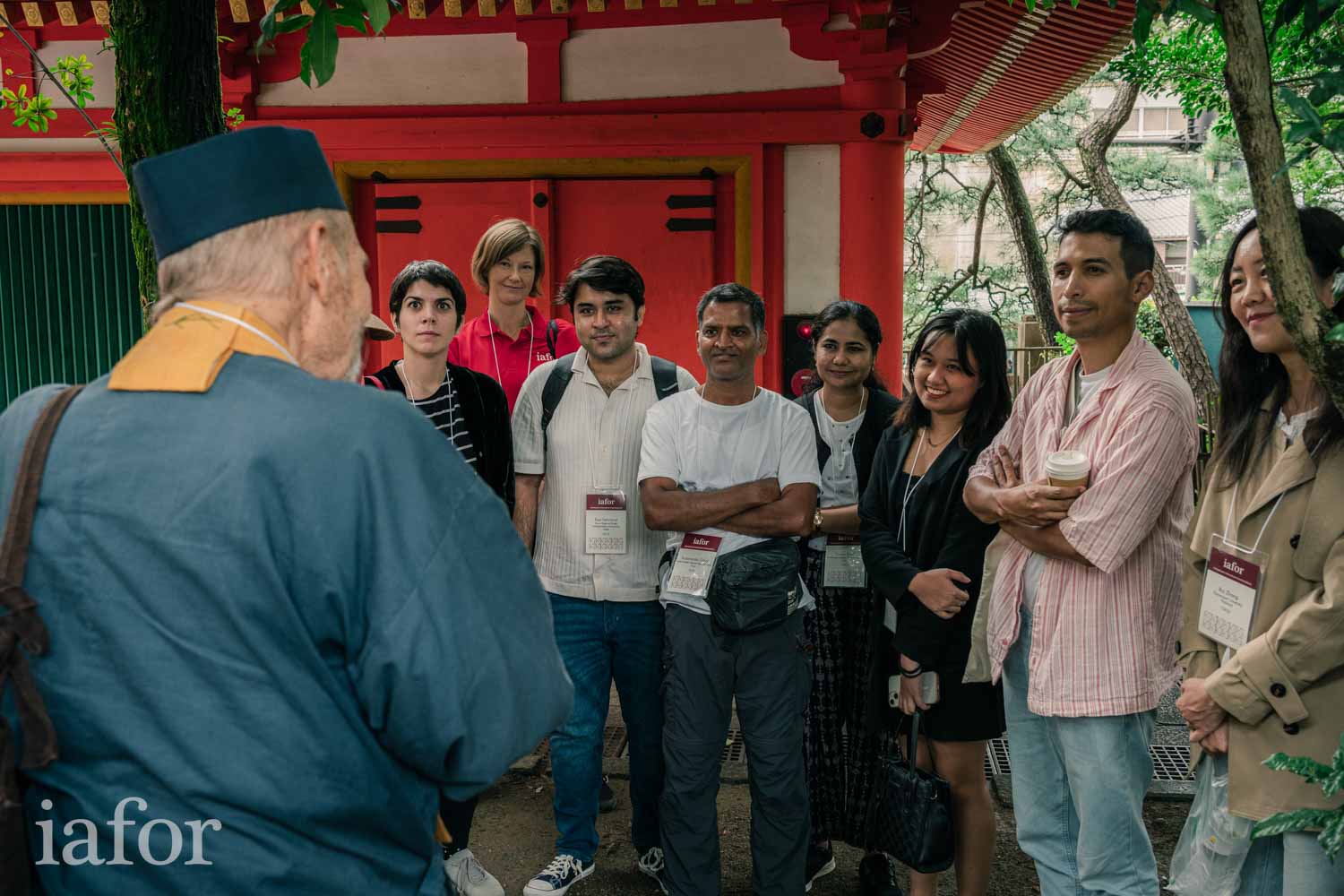
Kicking off the conference before plenary day, delegates were taken on an enchanting walking tour of Kyoto, the cultural heart of this historic city. Guided by the knowledgeable Brian Victoria, everyone explored the mystical Yasaka Shrine, marvelled at the grandeur of Chionin Temple, found tranquillity at Kodaiji Temple, and gazed in awe at the panoramic views from the iconic Kiyomizu-dera.
Each step unveiled the timeless beauty and spiritual depth of Kyoto, creating a profound connection between our participants and the rich history of the old capital of Japan. It was a day filled with cultural enrichment and breathtaking sights that left everyone with a deeper appreciation for Kyoto's natural and architectural wonders.
Delegates were also treated to an exquisite conference dinner at Yachiyo Nanzenji, a venue steeped in history and surrounded by the serene wonders of Kyoto. It served as an idyllic setting for a night of enlightening discourse and culinary delight, all against the backdrop of a stunning Japanese garden.

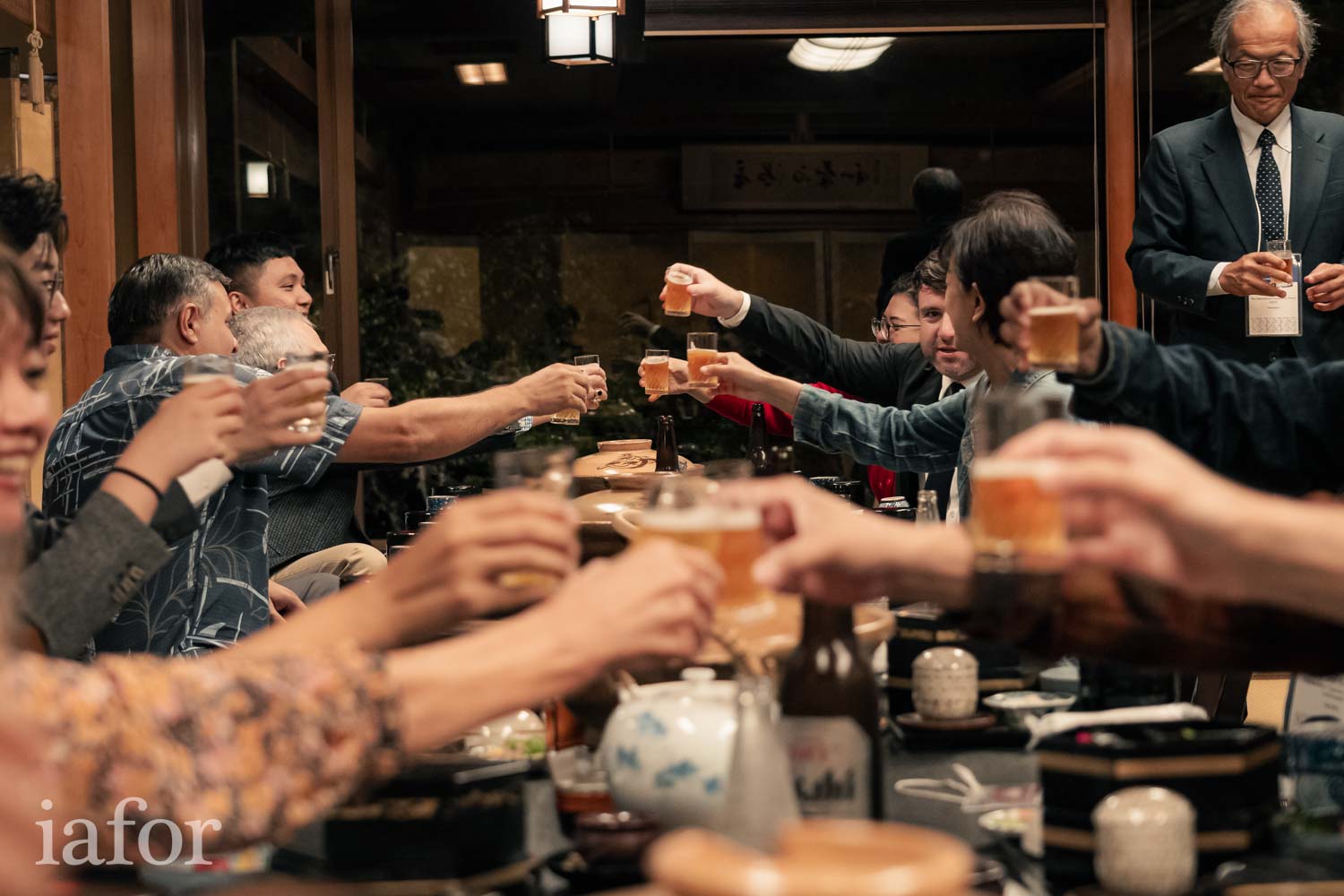
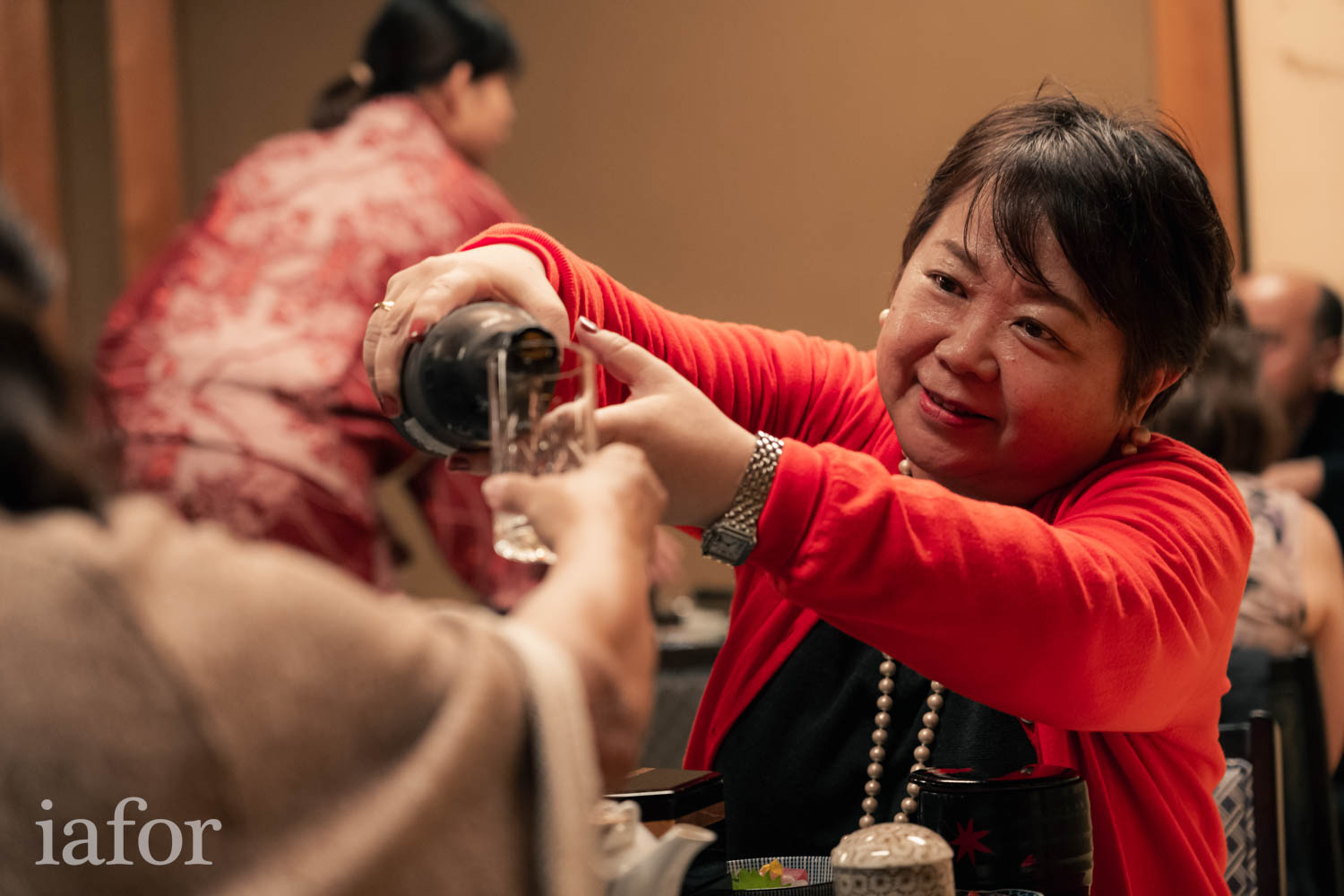
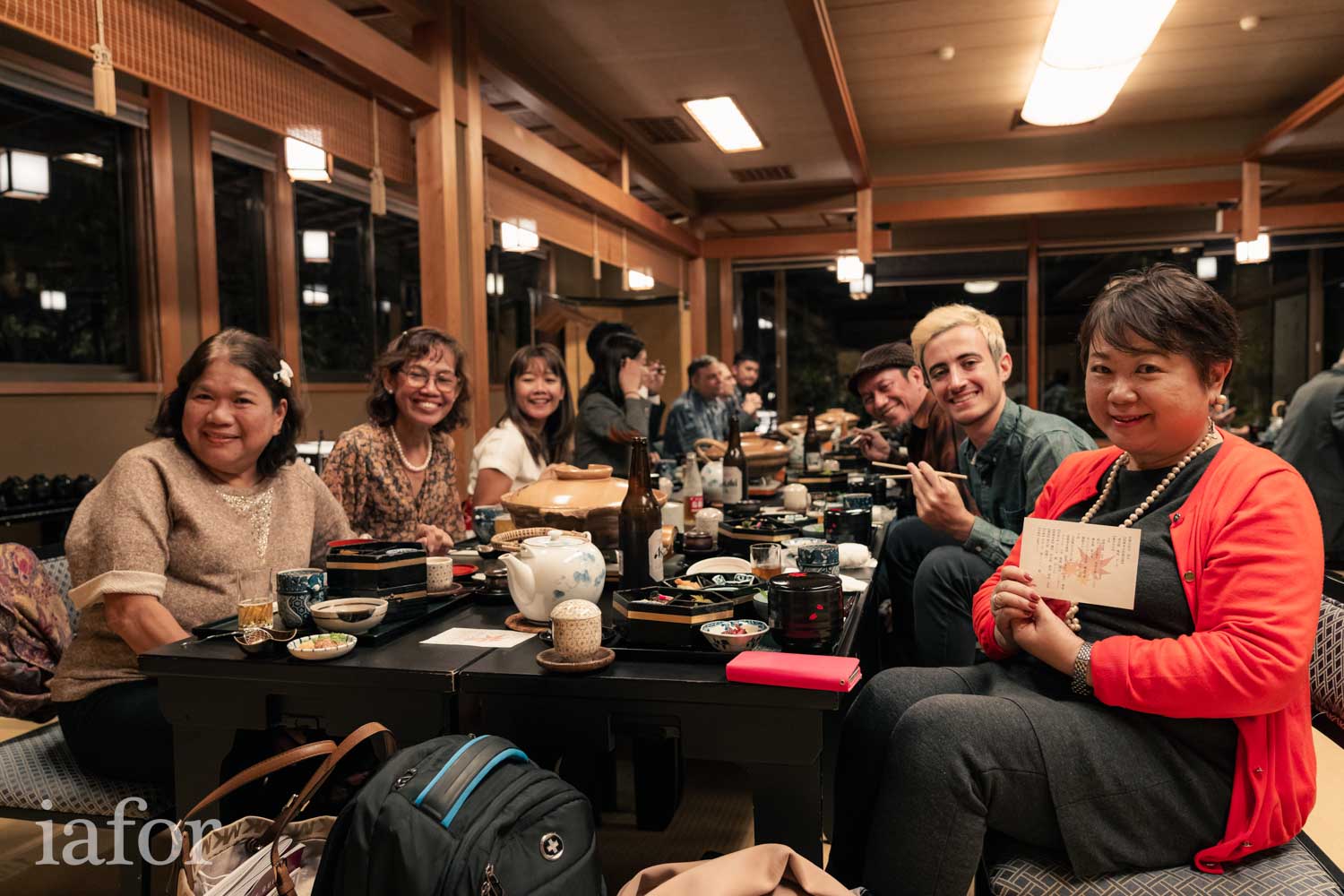
IAFOR would like to thank all the presenters from around the world who came to the conference, as well as the conference committees, and reviewers.

